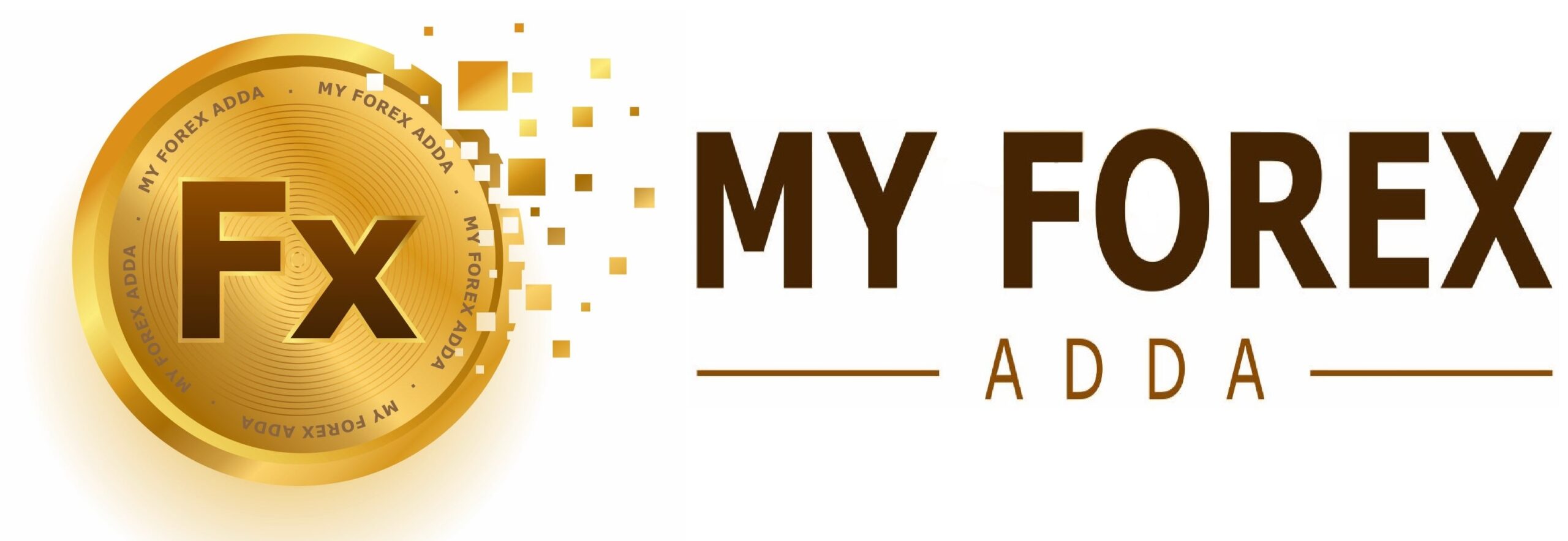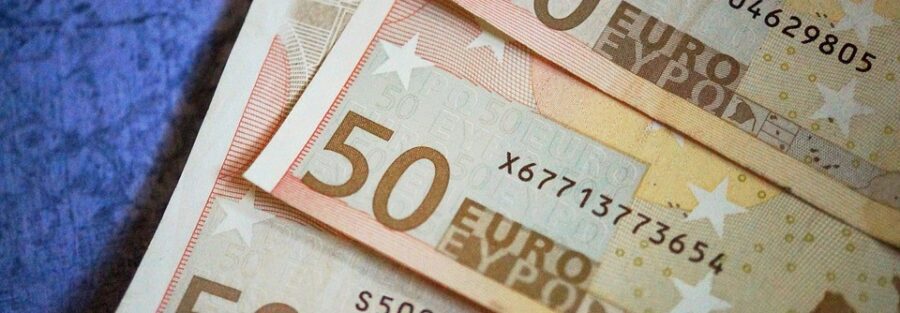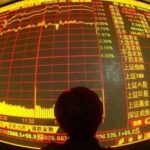The euro fell to a 4.5-month low against the U.S. dollar as concerns grew among investors over potential U.S. tariffs, which could negatively impact the eurozone’s economy.
The dollar approached levels not seen since the U.S. presidential election against other major currencies, with markets closely watching economic data and comments from Federal Reserve officials while awaiting clarity on future U.S. policy. Analysts anticipate that President-elect Donald Trump’s measures may drive up inflation and bond yields, limiting the Fed’s ability to loosen policy. However, they expect investors to base trading decisions on economic data and rate outlook cues before any concrete implementation of Trump’s policies.
Market participants noted the euro’s sensitivity to potential U.S. import tariffs, especially on Friday when media reported that Trump was considering appointing Robert Lighthizer, known for his tough stance on trade, to head trade policy.
Nonetheless, two sources close to the situation stated that Lighthizer had not been asked by Trump to return to the trade policy agency.
The euro dropped 0.3% to $1.0685, reaching $1.0679 at one point—its lowest since late June.
“The case for dollar bears is that tariffs will take time to implement and that the Fed might ease its restrictive policy stance,” said Chris Turner, head of forex strategy at ING.
“We disagree, believing that this clear election outcome can lift U.S. consumer and business confidence, even as it impacts business sentiment elsewhere,” he added.
The dollar index gained 0.3%, reaching 105.32. Last week, it surged more than 1.5% to hit 105.44, its highest point since early July, following the U.S. presidential election, which resulted in a victory for Trump.
The dollar also recovered 0.8% against the yen, trading at 153.82 after slipping from last week’s peak of 154.70 due to concerns over possible Japanese intervention. On November 6, it reached 154.68, its highest level since July.
A report from the Bank of Japan’s October policy meeting revealed that some members were uncertain about the timing of a rate increase. The decision could be further complicated by political uncertainty, as Japanese lawmakers are set to decide on Monday whether Prime Minister Shigeru Ishiba will remain in office after his coalition lost its parliamentary majority last month.
The rate outlook will be key for the dollar in the near term, especially as major central banks continue easing monetary policies.
U.S. consumer price data, due on Thursday, could also impact expectations; a core reading above the anticipated 0.3% would reduce the likelihood of a December rate cut by the Fed.
JPMorgan has revised its U.S. terminal rate forecast from 3% to 3.5% and now expects the Fed to implement a 25 basis point cut each quarter, starting in December.
While the U.S. bond market is closed for a public holiday, stocks and futures remain open.
Citi anticipates that U.S. rates will stay close to current levels in the short term, as the market balances between expected policy shifts in 2025 and the current easing cycle driven by near-term data.
Political uncertainty continued to weigh on Europe as German Chancellor Olaf Scholz announced his willingness to hold a vote of confidence before Christmas, potentially leading to snap elections.
Analysts suggested that policy shifts in Germany next year could increase the likelihood of a more relaxed fiscal approach.
Disappointment over the latest economic package had pressured the Australian and New Zealand dollars on Friday, as both nations are major exporters to China.
The U.S. dollar reached its highest level since early August against the offshore yuan at 7.2131, up 0.25% after rising 0.70% on Friday, following a 0.75% drop the day before.
Reflecting China’s economic challenges, data released over the weekend showed that consumer prices in October rose at their slowest rate in four months, while producer price deflation worsened.
Bitcoin surged to a record high above $81,000 on Monday, fueled by optimism that a favorable regulatory environment could support the growth of cryptocurrencies after Trump’s election as U.S. president and the election of pro-crypto lawmakers to Congress.





